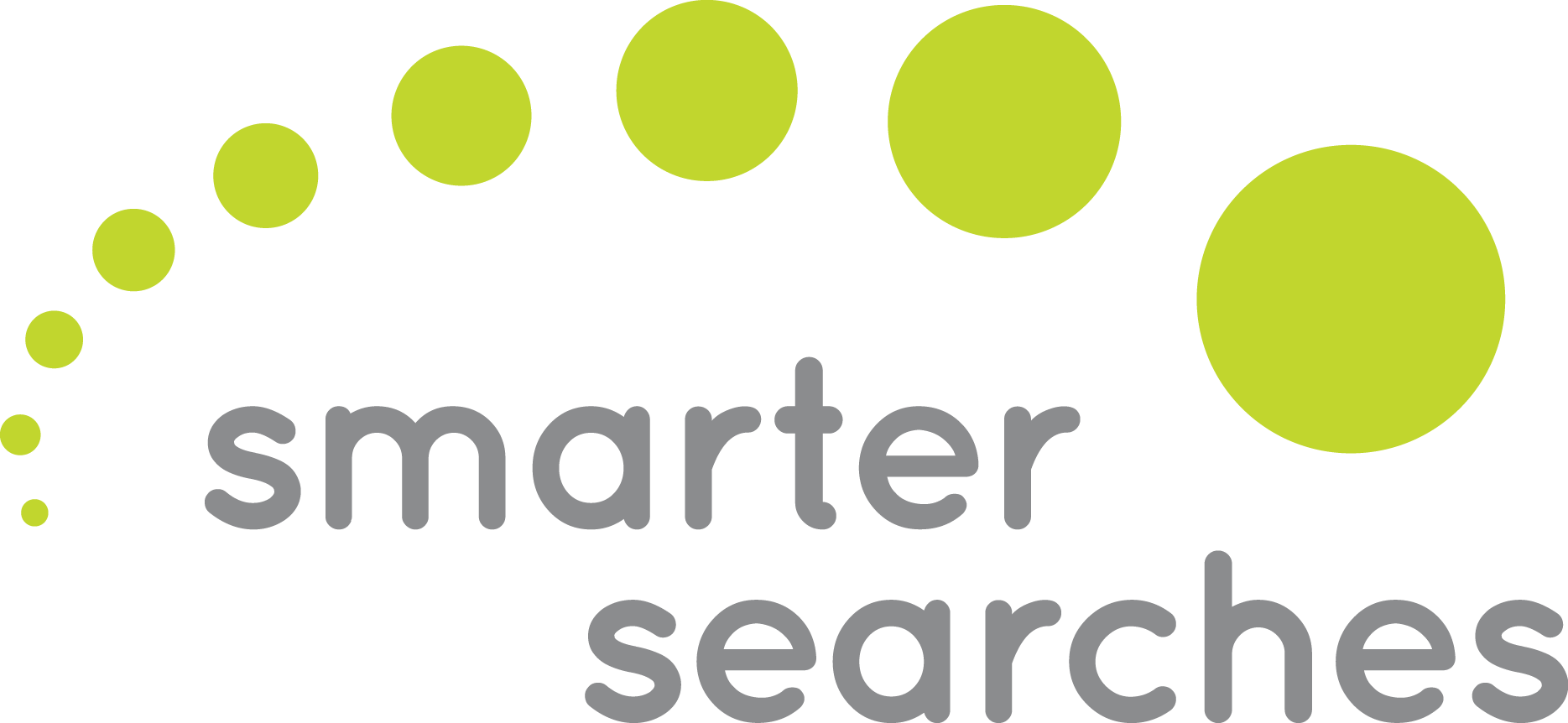[column width=”1/1″ last=”true” title=”” title_type=”single” animation=”none” implicit=”true”]
We knew when we started black hat SEO recovery process with our client that it would be slow going. When we started, they ranked for NOTHING organically. Literally, nothing visible – not even their own name. In this recovery process we started with a detailed analysis – where they were in the digital space and where they needed to go. We have since spent the last two months approaching their presence on two fronts:
- We optimized the backend and on-page content of their new WordPress site on a new domain. The site is blocked from crawling by Robots.txt while we work on it and continue to refine the process. They had already begun working on it when they hired us and were much happier with WordPress’s functionality over their previous platform, Drupal. While it isn’t necessary to change platforms, the look of the new site is much more aesthetically pleasing and also easier for them to work with. I’m a BIG supporter of the idea of using whatever Web site platform with which you are the most comfortable, because ultimately, it means you’re more likely to update it. Since the site was new, we went through and evaluated the content, set up tracking, and optimized HTML tags for SEO purposes. This could have been done later on in the process, but since the ultimate goal is to set this site live and there are still a number of things to refine on it, we decided to tackle this early on to continue to optimize the user experience on the site.
- We then did another analysis on the old site to evaluate how our changes to the disavowal worked, evaluate whether their SEO efforts have made progress, or if we had lingering content issues. It also included an additional dive into what caused the issues in the first place to avoid replication.
The Update
They are now ranking on their own name in 14 of the top 20 search results organically. This is serious progress, since I couldn’t find them on their own name at outset. They are dominating the results on their most relevant keyword (their brand name is a long-tail keyword) and have started ranking on geo-modified variations including their location name by city and region, which has translated to drop-ins at their physical location, which never really happened previously.
In February (before we began), approximately 53% of the traffic was coming from organic sources, though mostly on Yahoo and Bing and not on their most prominent keywords. As of July, more than 69% of their traffic is coming from organic sources. We’ve been able to improve performance, even in just three months, by demonstrating ranked keywords and percentages attributed to organic traffic.
Looking back at the timelines in their Webmaster Tools, we discovered the timing and the lack of manual actions indicated that the penalty was algorithmic in nature and from the Penguin 2.1 algorithm update. Penguin 2.1 focused on paid link penalties, which makes sense considering that when we evaluated the backlinks, we noticed a ton that looked like “freearticlesubmission” and “articleslisted” and other mass article directory aggregators, which don’t provide value.
Key Takeaways:
- When building a new site, your user and your customers are the most important factors to focus on – what content are they looking for? What information do they need? What is their sales funnel/process? What information on the site will help them make their choice/purchase? That’s paramount and the rest of SEO should come second.
- Don’t pay for article submissions to crappy sites. Create great content, distribute it through appropriate channels (social, PR, site updates, etc.) but don’t waste time trying to get your work in every article directory possible. Utility is much more important than sheer quantity.
- With algorithmic penalties from Google, once you fix the issues on your site, you will be re-evaluated and re-indexed as normal once you fix the issues with your site. You do not need to request a manual re-inclusion request, however, you do need to figure out what the problems are and rectify them.
In the next month, we’ll be targeting their online reputation and social SEO with active social posting, blogging, and new high-quality content for the new site. Since we made changes to the existing site this month, we’re going to let those changes ride and evaluate the impact at month’s end. It’s best to take these things slowly to avoid making so many changes at once that you can’t identify what worked and what didn’t. Every day we step closer to total recovery, so we’re getting a little bit closer.
[/column]



